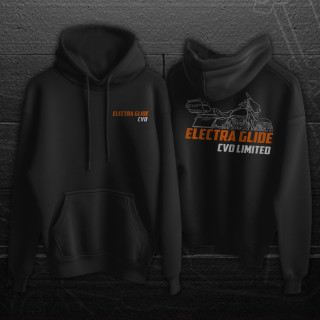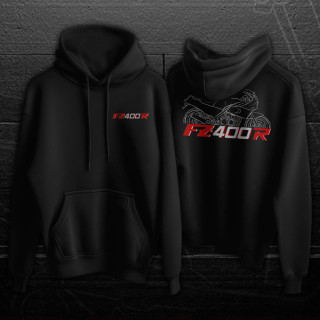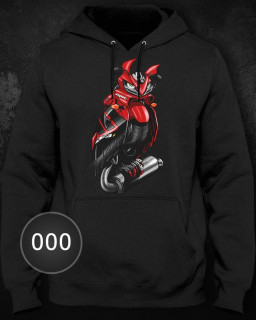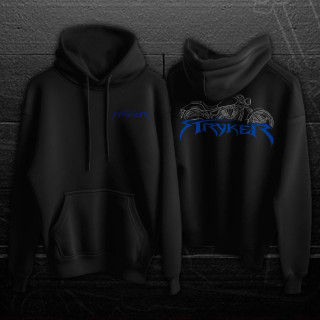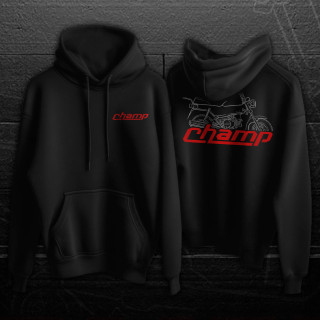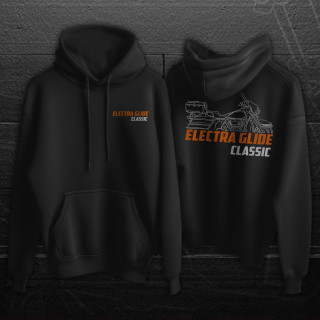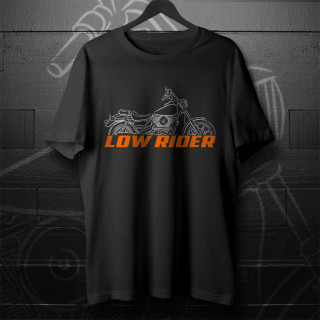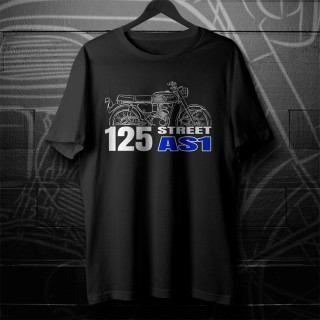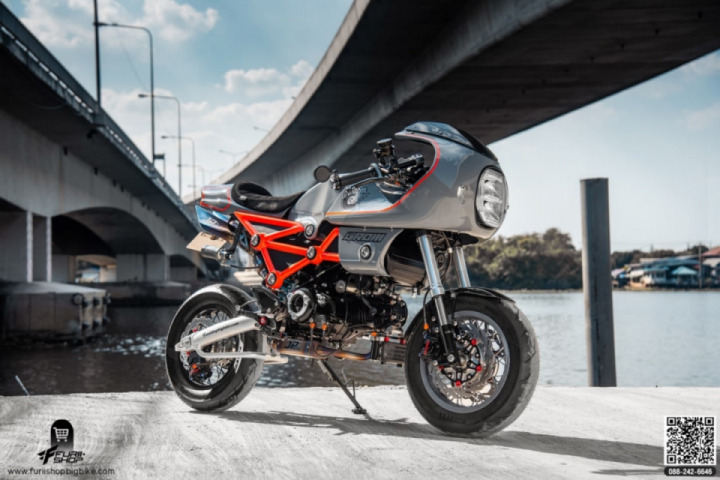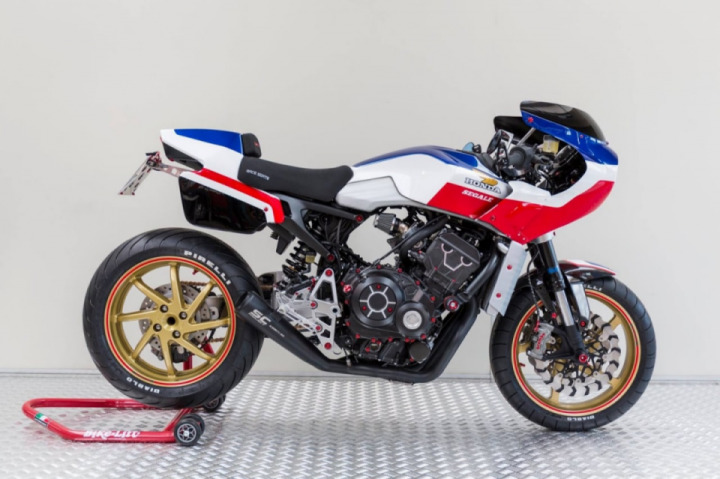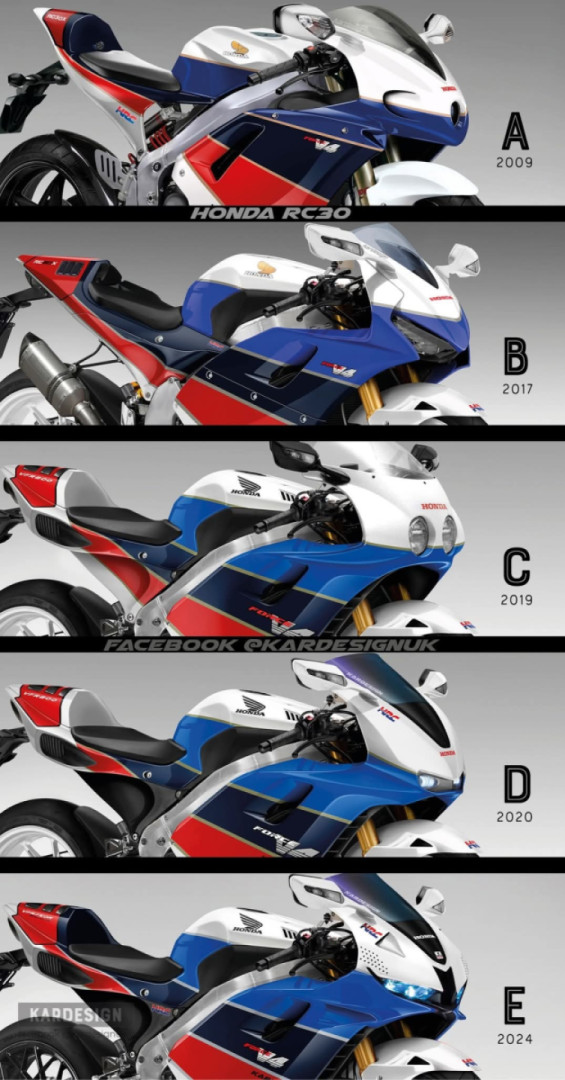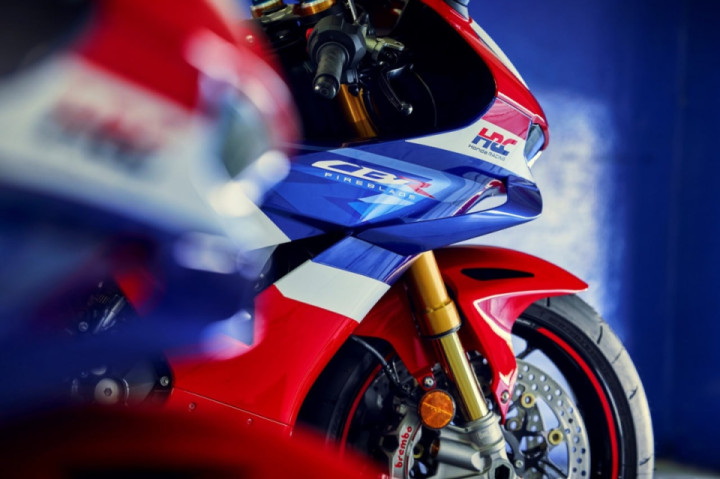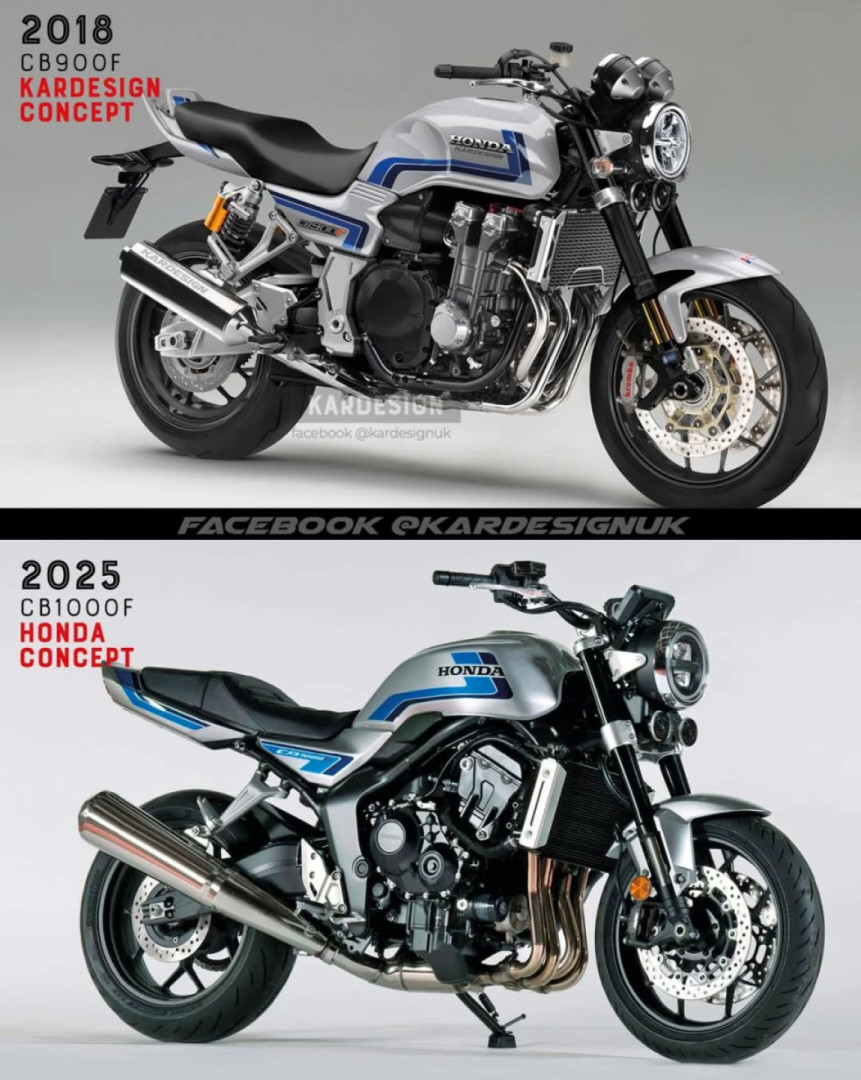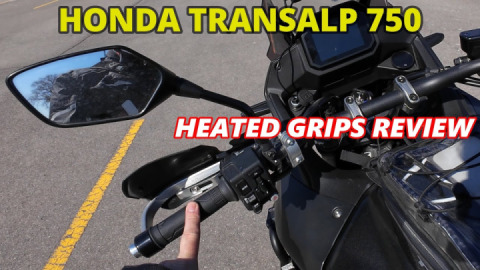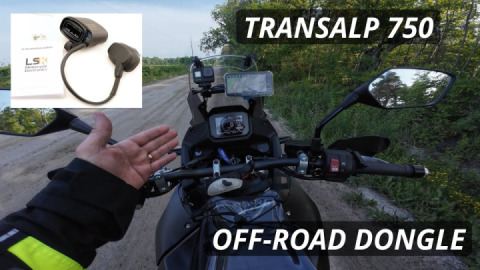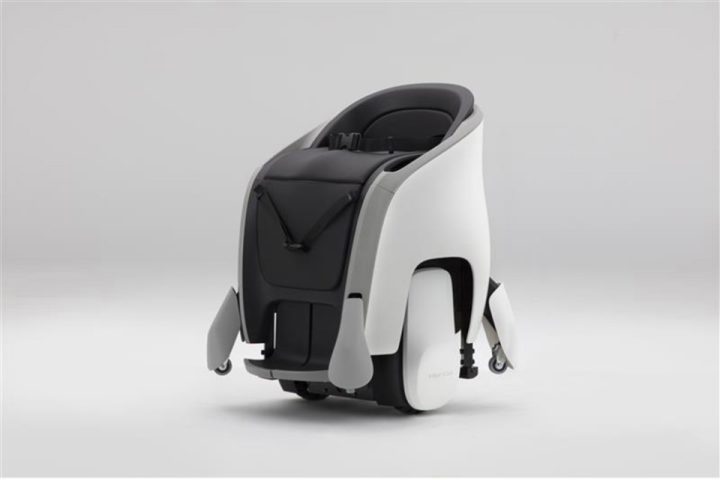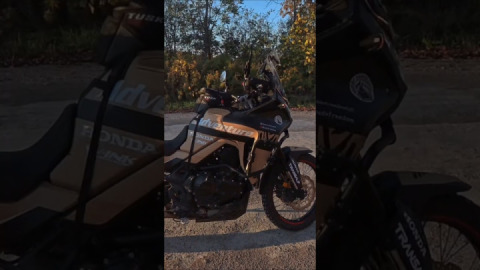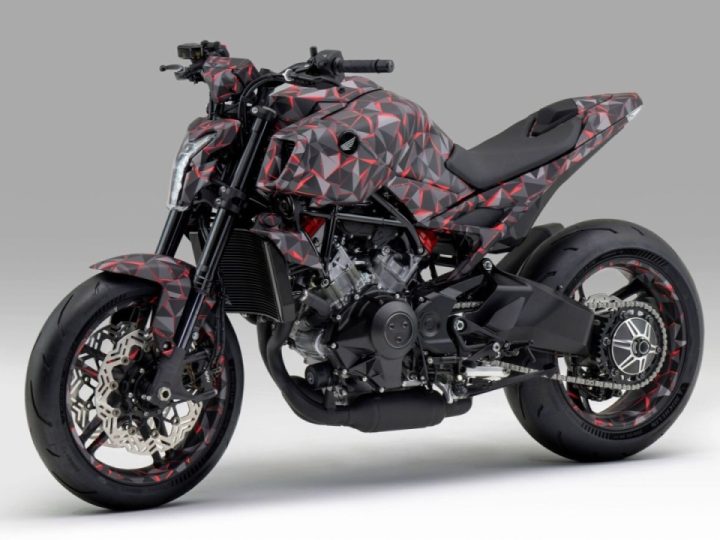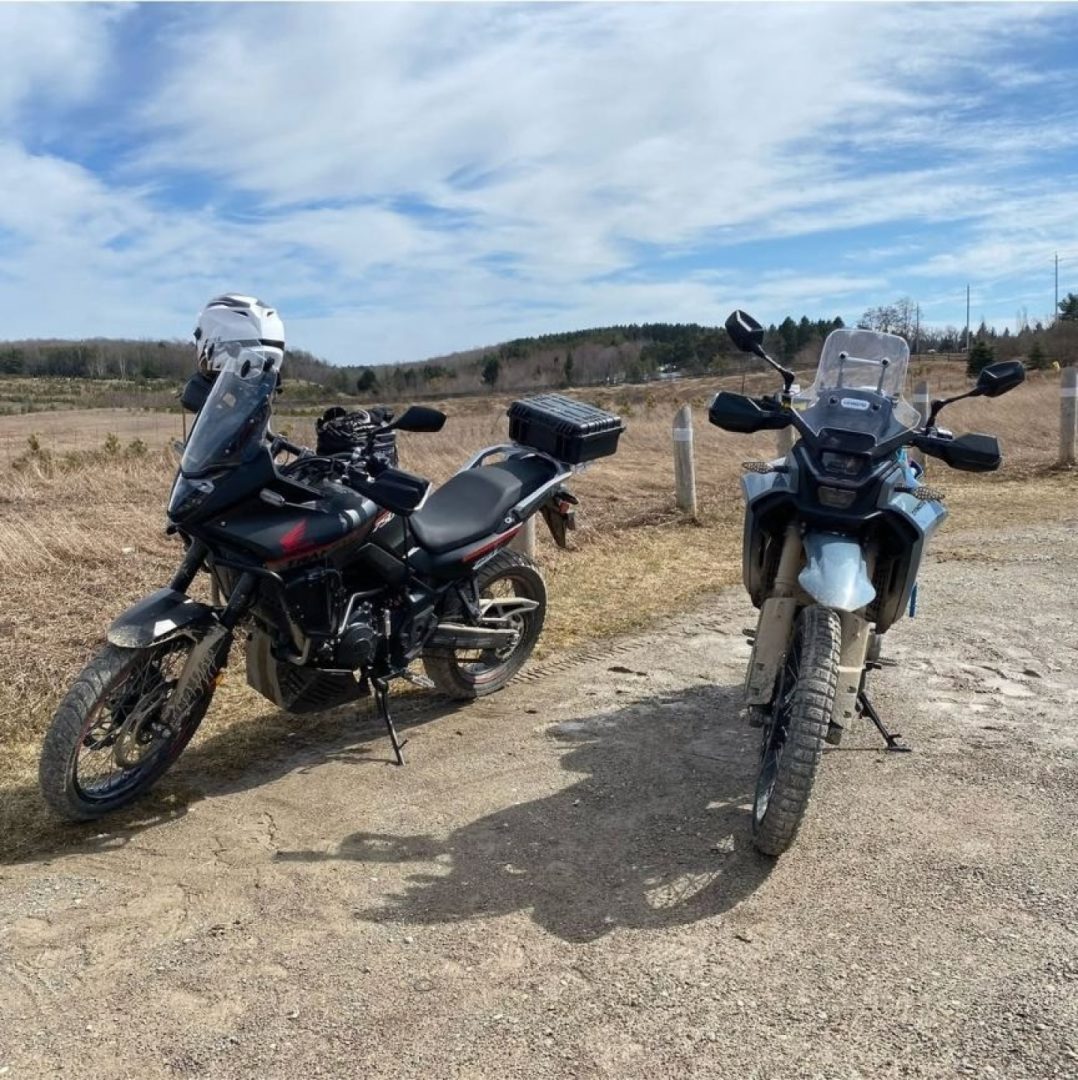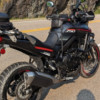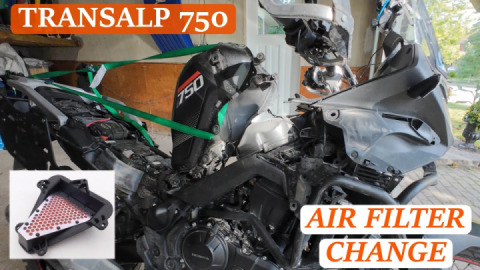
HONDA XR75
It’s an innocuous place, really, a typical Southern California ranch house buried within the hundred-square-mile urban sprawl that constitutes the eastern Los Angeles. The house looks normal enough from the street. But walk toward the four-car garage and you find yourself face-to-face with a very different scenario: A well-equipped machine-shop fronts the garage, and if you peer closely into the guts of the expanded enclosure you see much, much more—several very-trick old-school XR75 mini-racers on race stands, and enough period banners, posters and photos on the walls to make you think you were visiting the skunk works of a national-level factory race team from the mid-1970s.
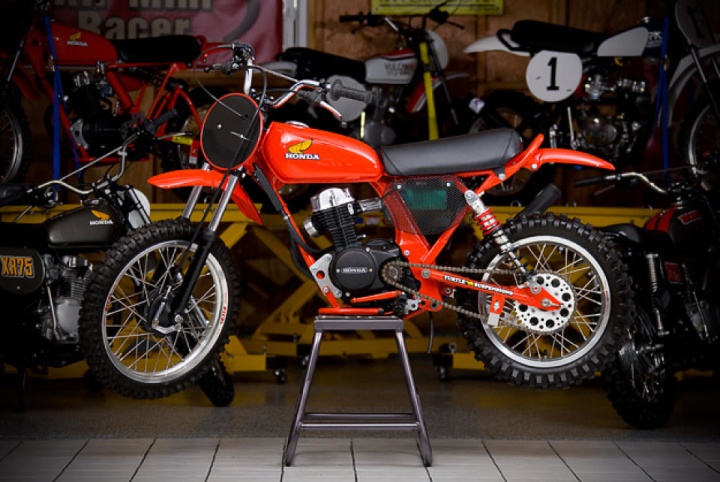
This is the personal space of Alex Jud (pictured below): the place where he spins his own sort of minibike magic as one of the country’s premier Honda XR75 restorers and builders. In one corner is a perfectly restored ’73 XR75, in glorious grey with twin red stripes on the tank. In another there’s a blue-and-white PK Racing Bobby Jones replica, complete with PK’s ultra-rare monoshock frame. A blood-red DG monoshock-equipped XR sits nearby, its fat megaphone exhaust dominating the scene, while a white Vulcan XR75 replica sits in the middle of the garage, its perfect paintwork calling attention to that company’s brief but explosive run back in the mid-1970s. Other replica and stock XRs in various states of completion linger nearby, along with period parts and pipes hanging from the rafters.
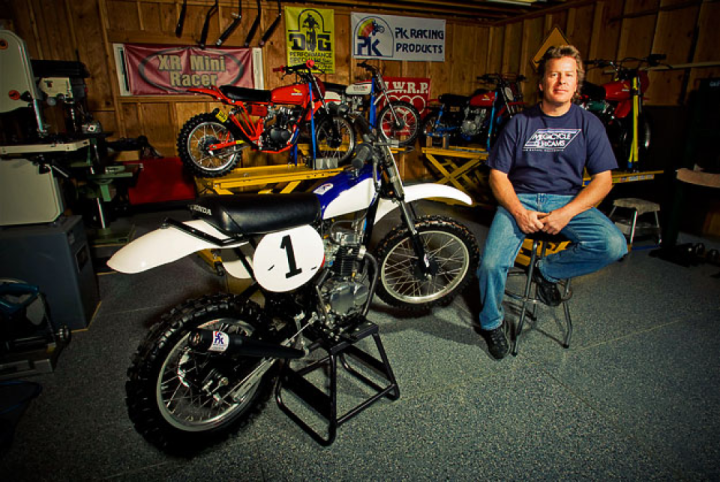
To fully recognize the PK, Vulcan (pictured below) and DG connections to the rabid minicycle scene of the early- and mid-1970s, you’d almost have to have been there—or been a reader of Minicycle and Minicycle Action magazines, the periodicals that covered the goings-on of the minicycle explosion of the time. It was a crazy period, a time when a suddenly energetic aftermarket was feeding on the excitement of two particular new motorcycles—Honda’s XR75 and Yamaha’s YZ80—and pushing the factories as far as they could go.
This particular period of moto-craziness started, really, with the introduction of the XR75 in early ’73. Not only did the little XR appeal to kids (and parents) looking for a capable off-road dirtbike, it also fired the enthusiasm of untold thousands of mini-racing riders and families—many of whom had been campaigning SL70s, Rupps, Indians, Steens, Yamaha Mini Enduros and Geminis. Suddenly there was a machine in stock form that outperformed its modified competition. And once XRs began being bored, stroked and fitted with laid-down shocks and fork kits (which happened quickly thanks to an aggressive aftermarket), the jig was up, the XR instantly becoming the bike to beat.
Jud was there at the very beginning. “I got a taste of the mini scene in early ’73 while returning from a camping trip,” he says. “I’d seen a Z50 Mini Trail at our campground, and on the way home we drove past Indian Dunes, and I saw a bunch of minibikes practicing. It blew my mind, and I told my Dad so. A few weeks later he bought me a ’73 XR and we began practicing, he telling me ‘you can’t race until you get good’.

“I rode every chance I got in ’73 and early ’74,” he says, “and I quickly got faster, my dad taking me to Indian Dunes twice a week for practice days. I didn’t do well in my first race … I got 21st and was intimidated, watching the other riders. My Dad said, ‘why don’t you ride like you practice?’ I did better my second time out, getting 5th out of 25 riders, and was stoked! I even got a trophy!”
From there, Jud and his father did what thousands of father-son teams did during that time—they built their bike using the aftermarket. “We got all the PK Racing stuff,” he says, “the big-bore kit, cam and cam tower, rocker arms, megaphone exhaust, all of it.” The faster XR resulted in much more success, Jud riding with and competing against the top riders of the day, including Mike Brown, Jeff Ward and Brian Myerscough. In later years Jud moved to the Yamaha YZ80, which proved a better overall racebike due to its lighter weight and higher horsepower. He eventually garnered more than 200 trophies, and earned the NMA’s (National Minicycle Association) #2 plate during the ’77 season. “It was pretty cool,” he says, laughing at the thought, “cause you know who was always #3 [Jeff Ward] during that time, right? The kids in school thought that was pretty cool.”
Jud graduated to full-sized bikes—Suzuki’s RM125 in particular—in ’78 and raced them until ’80, but then got sidetracked like so many teen racers do when confronted with adulthood. “I got into cars and trucks,” Jud says, “with my high-school buddies. I was good at all sorts of fabrication, a gift I got from my Dad. So I ended up fixing everyone’s cars and, later, when we all got into streetbikes, their GSX-Rs and Yamaha FZs. I did it all, from engine work to bodywork to painting.
“I stayed connected to motocross by attending the Supercross races,” he says, “but didn’t get back into minibikes until the mid-’90s, when I began to think I’d like to build some of the trick, one-off bikes I’d seen back in the middle 1970s—the really cool stuff. I was itching to work on some XR75s … the feeling had been there for a long while.”
Borrowing from his years of fabrication and house-building expertise, Jud began buying XRs—mostly crappy ones—for restoration. “I bought a lot of loser XRs at first,” he says, “and immediately disassembled them. I wanted to restore all the stock bikes—’73 to ’76. I did all four really quickly. As soon as I’d finish one I’d start another. I knew if I didn’t do them all right away I’d never finish. They were certainly important machines, and they taught me some important restoration lessons.
“Then I started on the period racebikes, the really trick and rare bikes I remembered from those early years. I found a DG monoshock XR in Long Beach; it was painted purple and very ratty, but I could see beneath the paint. The frame was there, but a lot of the DG parts were missing. So I began to research the bits and pieces, eventually realizing that a lot of this stuff was gone forever, and that I’d have to re-create it all if I wanted to have it. My fabrication skills came in handy here.
“With the period replica bikes,” Jud says, “I strive to recreate them exactly as they were back in the day. None of these real racers exist today, as far as I know. But through contacts in the industry and pictures I took and from the magazines, I’ve been able to recreate them. They’re not for sale. They’re for me. I love working on them, crafting every piece as closely as I can to the original. And of course I love looking at them, being around them. They take me back to the good ’ol days!”
Standing in Jud’s garage surrounded by the various period racers, each of them absolutely stunning from an aesthetic and mechanical point of view, is a treat, especially to someone (this author included) who grew up reading about these bikes and their pilots in the pages of the various minicycle magazines of the day.
“It’s the same with the period pipes I produce,” he says. “I have actual examples of the PK, DG, J&B, JWRP (Jeff Ward Racing Products) Bassani, FMF and Skyway systems, and I reproduce them exactly using better materials and craftsmanship. They’re not cheap, but folks who want quality (and to be transported back to a time they remember fondly) don’t seem to mind.” Jud’s exhaust systems are extra special, each hand-made in his garage by the man himself, the original stickers reproduced exactly as they were back in the day. “They sell pretty quickly,” he says. “There are a lot of guys who want to restore the XR they had, or the XR they wanted.”
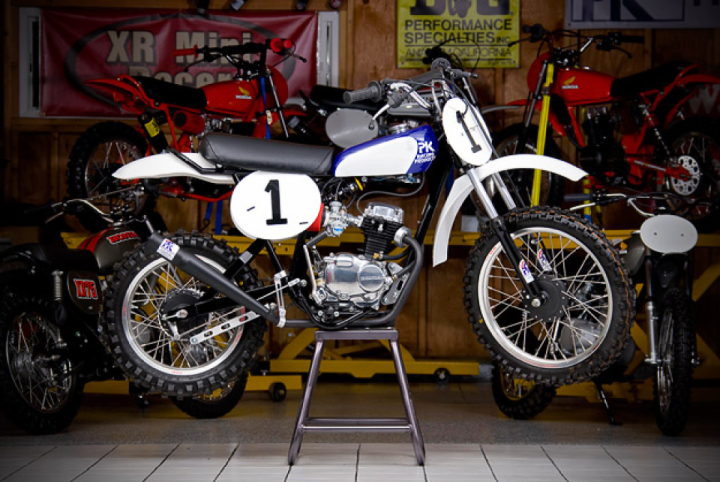
Jud’s favorite subjects, of course, are the repli-racers, bikes he raced against back in the day—the PK Racing machine (final picture below) ridden by Bobby Jones, the Vulcan Honda and the Jeff Ward replica he’s planning to recreate shortly. “I’ve re-done these bikes as closely as I can, from pictures and my own recollections,” Judd says. “They’re not the same bikes, of course. But they’re accurate representations of what were basically works/factory racers in the minicycle class of the mid-1970s, when things were changing radically each year and the minicycle class was a hotbed of excitement.”
Nowadays, Jud’s energy is focused primarily on making his XR75 restoration business—www.xrminiracer.com—fly. He knows there’s a significant market out there for modified XR75s, and he’s geared his business to produce a wide range of new and replica accessory modifications from back in the day. If there’s a more knowledgeable source for XR75 parts, history and replica-specials, we don’t know who it is.
What we know is that Alex Jud is the man to speak to if you’re serious about resurrecting the XR75 buzz you might have had—or wanted to have—back in the day. After all, the guy lived it.
Mitch Boehm, Editor & Publisher of Moto Retro Illustrated.
#Honda #Custom #Bike #Moto #XR


